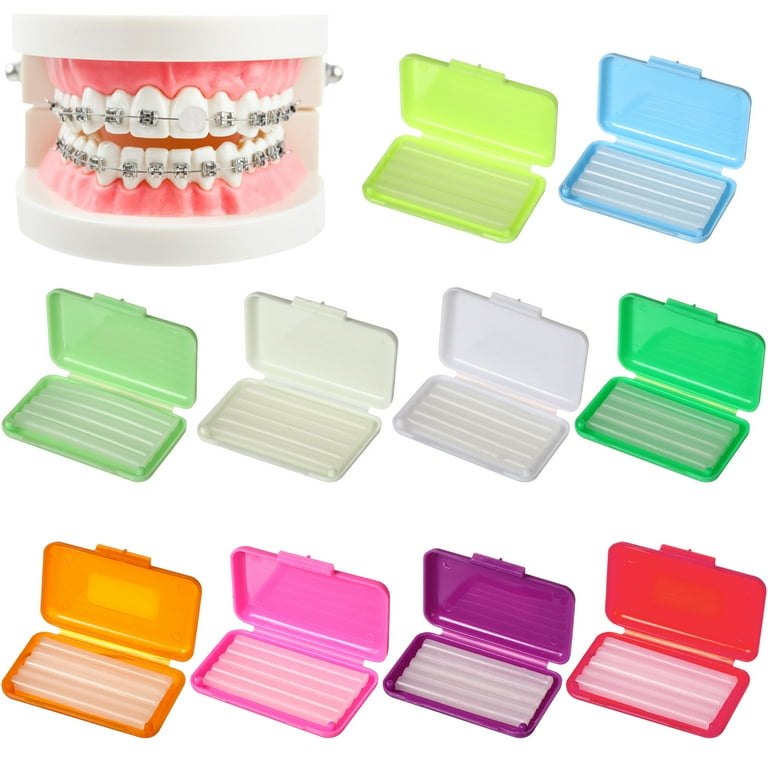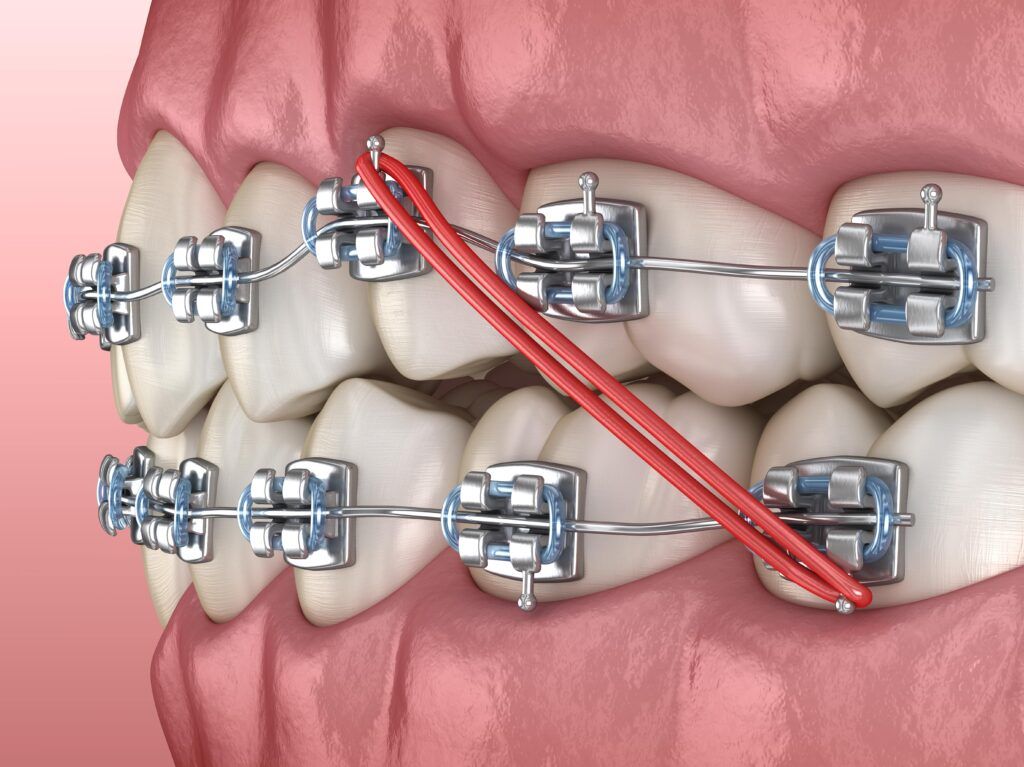Comprehensive Overview to Orthodontics Procedures for Fixing Oral Imbalances
Comprehending the intricacies of each treatment, including their mechanisms, advantages, and possible drawbacks, is essential in making notified decisions concerning one's orthodontic therapy. As we browse through the comprehensive guide to orthodontic treatments for dealing with dental imbalances, the detailed details of each method will unfold, losing light on the path towards a functional and unified dental positioning.
Orthodontic Procedures Introduction

Along with conventional braces and clear aligners, orthodontists might also advise other interventions like headwear, palatal expanders, or retainers to attend to specific placement problems (orthodontist). These treatments are customized per patient's distinct demands and might involve a combination of therapies to attain the desired results. Routine adjustments and tracking are critical components of orthodontic therapy to make certain progress is on track and to make any type of needed alterations in the process. By undergoing orthodontic procedures, individuals can not just attain a straighter grin yet also improve their overall oral health and wellness and feature.
Conventional Braces: How They Function
When taking into consideration orthodontic treatments for oral misalignments, typical braces stand out as a tried and true technique for dealing with teeth positioning. Conventional dental braces are composed of braces, wires, and bands that work with each other to use continuous pressure on the teeth, slowly relocating them right into the desired alignment.
One secret facet of just how traditional braces job is the process of bone improvement. As pressure is related to the teeth via the dental braces, the bone bordering the teeth is reshaped to support the new tooth positions. This renovation is crucial for the long-term stability of the fixed positioning. People will certainly require normal modifications at the orthodontist's office to guarantee the braces proceed to use the right stress for efficient teeth movement.
Undetectable Aligners: Cons and pros
Invisible aligners supply a convenient and discreet alternative to traditional dental braces for fixing dental imbalances. These clear, custom-made trays are virtually unnoticeable when worn, making them an enticing choice for people seeking a more cosmetically pleasing orthodontic therapy. Among the main advantages of invisible aligners is their removability, enabling less complicated upkeep of dental hygiene compared to typical braces. Clients can get rid of the aligners prior to eating or brushing their teeth, lowering the risk of food obtaining stuck in dental jobs the appliance and simplifying the cleansing process.

Surgical Orthodontic Options
Surgical interventions in orthodontics present viable options for addressing complex oral misalignments that might not be properly solved via traditional orthodontic treatments. While standard braces and invisible aligners can remedy several orthodontic problems, certain cases need surgical treatment to attain optimum results. Surgical orthodontic choices are typically advised for extreme malocclusions, considerable jaw discrepancies, and instances where the underlying bone framework needs alteration to accomplish proper placement.
One typical medical orthodontic treatment is orthognathic surgical procedure, which includes repositioning the jaws to remedy useful problems such as difficulty eating or speaking. This surgical treatment is often done in collaboration with an orthodontist that helps straighten the teeth before and after the treatment. Surgical orthodontics may additionally include treatments to subject impacted teeth, eliminate excess gum cells, or reshape the jawbone to develop an extra harmonious face profile.
Before taking into consideration surgical orthodontic choices, patients undertake an extensive analysis to identify the need and potential benefits of such treatments. cumming aligners. While surgical treatment might seem overwhelming, it can considerably boost both the function and aesthetic appeals of the smile in instances where conventional orthodontic treatments drop short
Retainers and Post-Treatment Treatment

Post-treatment treatment includes adhering to the orthodontist's instructions carefully. This may include appropriate find out dental health techniques, attending follow-up appointments, and using the retainers as recommended. Failing to blog abide with post-treatment treatment guidelines can cause relapse, where the teeth progressively return in the direction of their initial placements. Consistent retainer wear, good dental hygiene, and normal oral exams are vital for preserving the outcomes achieved through orthodontic surgery and guaranteeing the long-term stability of the corrected oral placement.
Final Thought
In verdict, orthodontic procedures offer various choices for dealing with dental imbalances. Surgical orthodontic options are readily available for much more extreme misalignments. Generally, orthodontic procedures can successfully improve dental health and wellness and aesthetic look.
As we browse with the thorough overview to orthodontic procedures for correcting dental imbalances, the complex details of each approach will certainly unfold, losing light on the path towards a useful and harmonious dental placement. - orthodontist
One of the most typical orthodontic therapies is the use of dental braces, which consist of steel braces and wires that apply mild pressure to slowly shift teeth right into the wanted position.When thinking about orthodontic therapies for oral misalignments, conventional dental braces stand out as a reliable method for correcting teeth positioning. In addition, undetectable aligners may not be suitable for intricate orthodontic issues that need even more substantial teeth activity, as they are generally recommended for moderate to moderate cases. Retainers are customized orthodontic devices designed to hold teeth in their fixed settings after the conclusion of orthodontic therapy.